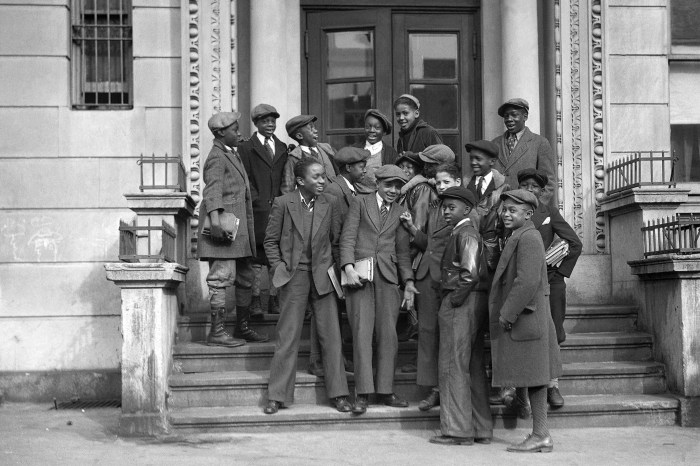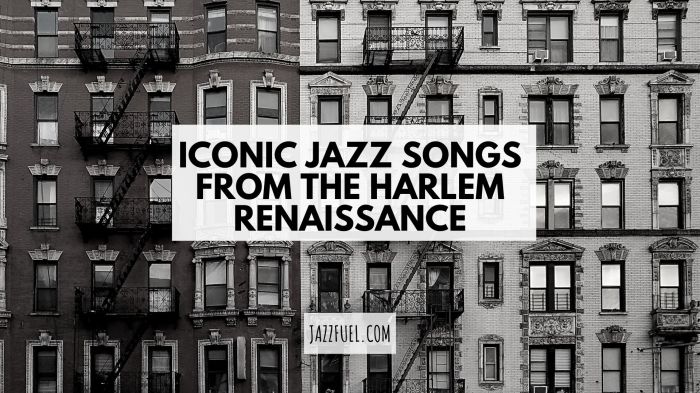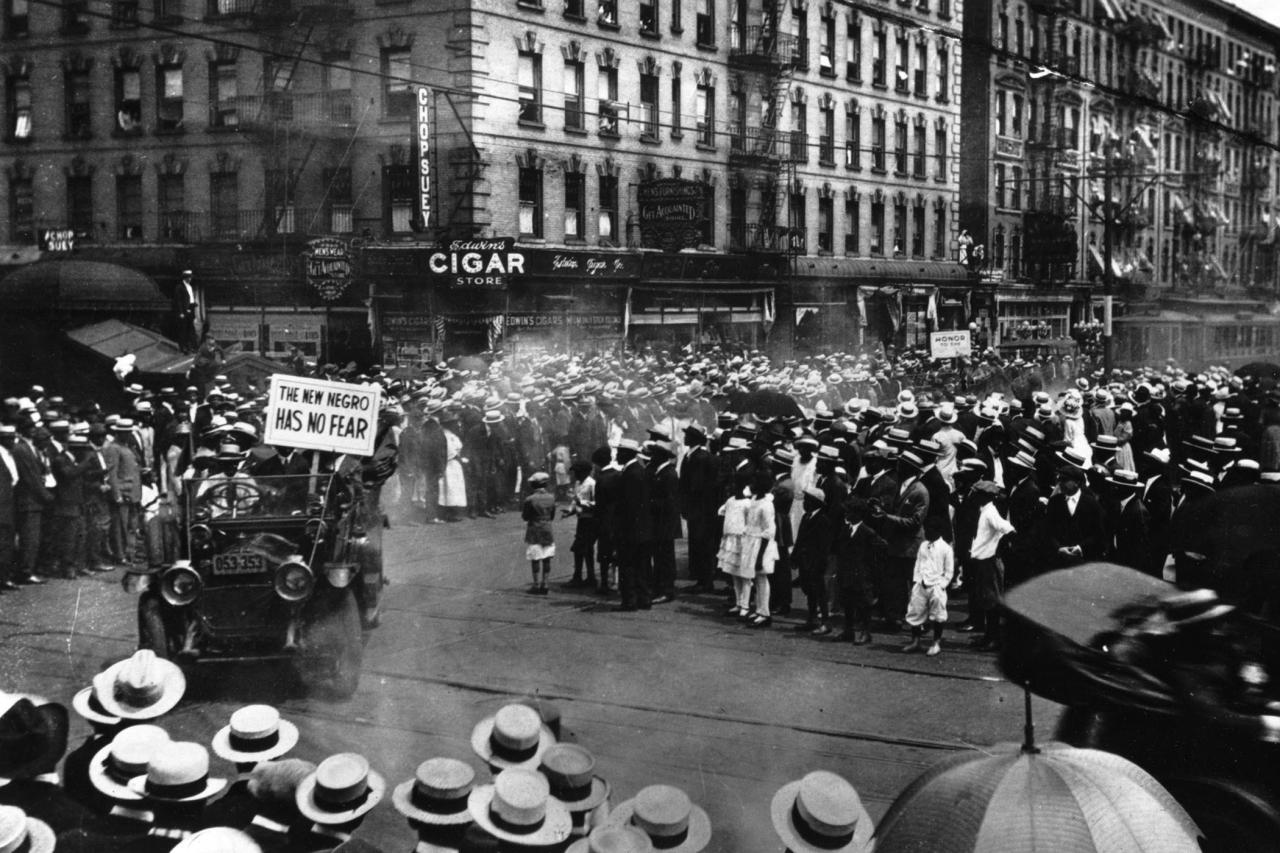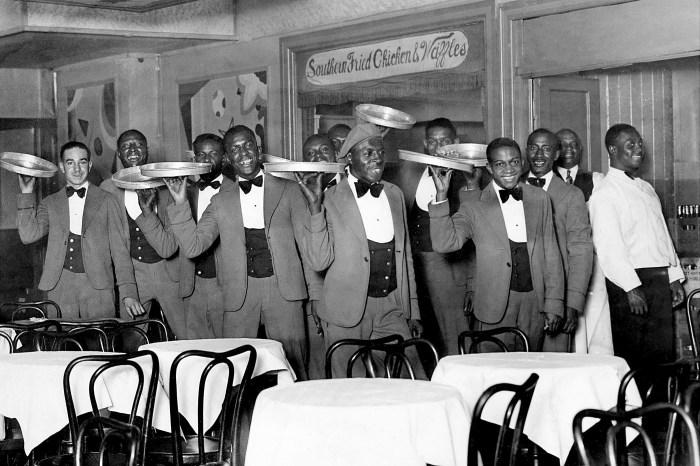The Harlem Renaissance was bolstered by a confluence of cultural, economic, and social factors that converged to create a vibrant and transformative era in African American history. This movement, which flourished in the 1920s and early 1930s, witnessed an explosion of artistic, literary, and intellectual expression that reshaped the cultural landscape of the United States and beyond.
The Great Migration, the economic prosperity of the era, and the social and political climate all played significant roles in fostering the Harlem Renaissance. African American artists, writers, and intellectuals seized the opportunities presented by these conditions to create works that celebrated their heritage, challenged racial stereotypes, and articulated their aspirations for a more just and equitable society.
Cultural Influences

The Harlem Renaissance was profoundly influenced by the vibrant cultural expressions of African Americans. Music, literature, and art played pivotal roles in shaping the movement’s identity and legacy.
Music
- Jazz emerged as a defining genre, with legendary musicians like Duke Ellington, Louis Armstrong, and Bessie Smith captivating audiences.
- Blues and spirituals provided a soulful foundation for Harlem’s musical landscape, with artists such as W.C. Handy and Ma Rainey gaining widespread recognition.
Literature
- Harlem Renaissance writers explored themes of race, identity, and social justice through novels, poems, and plays.
- Zora Neale Hurston, Langston Hughes, and Claude McKay were among the most prominent figures, their works earning critical acclaim and shaping literary discourse.
Art
- Visual arts flourished in Harlem, with artists like Jacob Lawrence and Archibald Motley Jr. creating powerful depictions of African American life.
- The Harlem Renaissance also witnessed the rise of photography as a medium for documenting and celebrating Black culture.
The Great Migration, The harlem renaissance was bolstered by
The Great Migration, which brought millions of African Americans from the rural South to Northern cities, played a significant role in the cultural transformation of Harlem. It created a concentration of talent and creativity that fueled the Harlem Renaissance.
Economic Factors

The economic conditions of Harlem during the Renaissance period provided a fertile ground for cultural flourishing.
Patronage
Wealthy African American patrons, known as the “Black bourgeoisie,” supported artists and institutions, creating a thriving ecosystem for creative expression.
Black Middle Class
The emergence of a Black middle class provided economic stability and resources for the development of businesses and cultural organizations.
Economic Climate
The post-World War I economic boom and the relative prosperity of Harlem allowed for increased spending on leisure activities, entertainment, and the arts.
Social and Political Context

The Harlem Renaissance was shaped by the social and political climate of the time.
Harlem Hellfighters
The valor and sacrifice of the Harlem Hellfighters, an all-Black regiment in World War I, challenged prevailing stereotypes and fostered a sense of pride and self-determination.
NAACP and Urban League
Organizations like the NAACP and the Urban League played crucial roles in advocating for African American rights and providing support for the Harlem Renaissance.
User Queries: The Harlem Renaissance Was Bolstered By
What were the key factors that contributed to the Harlem Renaissance?
The Harlem Renaissance was bolstered by a combination of cultural, economic, and social factors, including the Great Migration, the economic prosperity of the era, and the social and political climate.
Who were some of the prominent figures of the Harlem Renaissance?
Prominent figures of the Harlem Renaissance included writers such as Langston Hughes, Zora Neale Hurston, and Claude McKay; artists such as Jacob Lawrence and Archibald Motley Jr.; and musicians such as Duke Ellington and Louis Armstrong.
What was the impact of the Harlem Renaissance on American culture?
The Harlem Renaissance had a profound impact on American culture, challenging racial stereotypes, celebrating African American heritage, and inspiring subsequent generations of artists, writers, and activists.
